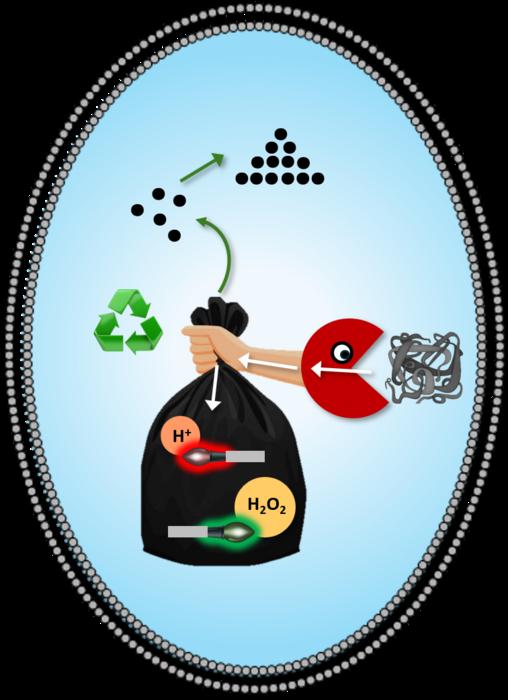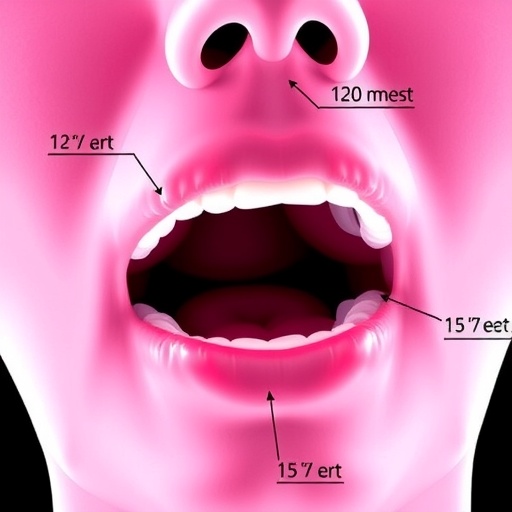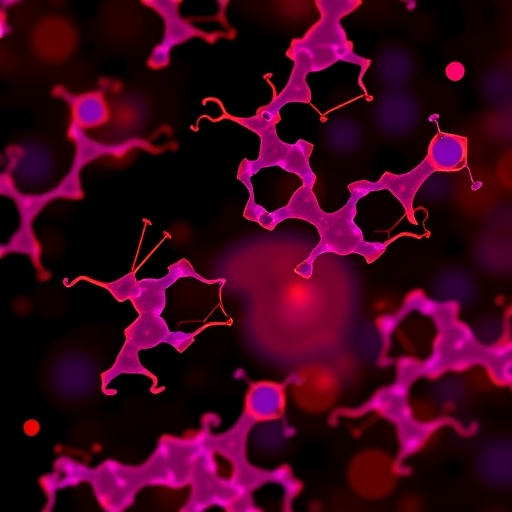Recent research from the Tata Institute of Fundamental Research in Mumbai, India has shed light on an essential cellular process known as autophagy, which acts as a self-cleansing mechanism for cells. By meticulously removing damaged components and reusing beneficial ones, autophagy helps to maintain cellular health and functionality. This intricate process begins with the formation of an autophagosome, a vesicle that wraps around discarded cellular materials. Following this encapsulation, the autophagosome fuses with a lysosome, leading to the formation of an autolysosome. In the autolysosome, various enzymes degrade the waste, allowing vital materials to be released back into the cytoplasm for reuse. Importantly, these three components—the autophagosome, autolysosome, and lysosome—represent different phases of a continual recycling operation executed by our cells. The initiation of autophagy occurs when cells detect an excessive accumulation of cellular “junk,” signalling a call to action for this unique cleaning process.
However, autophagy is not merely a tidying-up mechanism; it plays a crucial role in cellular survival. The process becomes increasingly important under conditions of stress, such as nutrient deprivation or a lack of oxygen. During such times, autophagy facilitates the breakdown of older, less critical components, thereby releasing essential materials that aid in cell survival. Given its vital functions, any impairment in the autophagy process is implicated in various health conditions, including cardiovascular diseases, neurodegenerative disorders like Alzheimer’s and Parkinson’s diseases, and metabolic syndromes such as diabetes and cancer. The orthogonal balance of this complex system is maintained through various regulatory proteins and small molecules; however, any dysregulation within these regulators may lead to significant disruptions in the autophagic process. Thus, to gain a comprehensive understanding of how autophagy operates, it is paramount to analyze the modifications occurring within the autophagic vesicles at every distinct phase.
In a significant advancement, researchers have recently focused on the simultaneous tracking of pH variations and hydrogen peroxide (H2O2) levels within autophagic vesicles. The rationale for selecting these two critical metrics stems from their reflective role in indicating the stages of autophagy. A notable change in pH occurs as the process progresses from autophagosomes, which maintain a pH level between 6 and 6.5, to autolysosomes, where the pH drops to approximately 4.5. This significant pH shift acts as a reliable marker for identifying different autophagic phases. To enhance the understanding of how the levels of both pH and H2O2 change throughout the autophagic process, researchers employed innovative fluorescent sensors designed to target autophagic vesicles specifically.
Focusing on the role of H2O2 as a regulatory molecule, this research highlights its dual behavior in cellular contexts. In healthy cells, low concentrations of H2O2 promote autophagy, enabling the cells to respond appropriately to stressors. Conversely, when oxidative stress arises, elevated levels of H2O2 can lead to severe repercussions, including autophagic failure and eventual cell death. Given this duality, a nuanced understanding of H2O2 dynamics within autophagic vesicles during various stages of the process is critical to elucidating how disturbances in autophagy could underlie various pathologies.
Utilizing the advanced fluorescent sensors mentioned previously, researchers were able to conduct a live mapping of both pH and H2O2 fluctuations within autophagic vesicles simultaneously. By distinguishing pH levels, the researchers could identify discrete stages of vesicle development. Following this, they focused on tracking the H2O2 concentrations present at each phase of the autophagy process. This research yielded unexpected insights, revealing that the peak concentration of H2O2 actually occurs within the autolysosomes rather than at the lysosomal stage as previously assumed.
This new understanding underscores the pivotal role of autolysosomes in autophagy, illuminating a previously unrecognized aspect of intracellular dynamics. The elevated H2O2 levels observed in these middle-stage vesicles prompt experts to reconsider the regulatory mechanisms governing autophagy. Such findings hold promise for advancing our knowledge of cellular processes, especially how they may become disrupted in various diseases.
The implications of these discoveries extend far beyond academic inquiry, offering potential pathways for future therapeutic strategies. By understanding at which junctures H2O2 levels spike during the autophagic process, researchers can target oxidative stress levels in the context of disease. It paves the way for innovative treatments aimed at restoring autophagic integrity by modulating H2O2 levels within cells, ultimately enhancing cellular health.
Moreover, as the roles of H2O2 in different stages of autophagy continue to be elucidated, this will serve as a strong foundation for drug development. Future clinical applications may arise, wherein therapies designed to regulate autophagy could lead to more effective interventions for diseases linked to this essential process. The ongoing research could revolutionize our approach to diseases traditionally deemed difficult to manage and shift the paradigm towards cellular restoration rather than mere symptom management.
As scientists delve deeper into these mechanistic insights, the opportunities to develop new medical protocols become increasingly promising. Ultimately, this research heralds a new era in cellular biology, challenging existing paradigms about autophagy and expanding horizons for potential health interventions. Further explorations into how our cells execute self-cleaning mechanisms open up exciting avenues toward improving overall health outcomes, shedding light on how we might combat an array of diseases effectively.
In conclusion, the findings from this groundbreaking study signify not just an advancement in our understanding of autophagy but also mark a pivotal moment in the development of therapeutic strategies aimed at leveraging this natural process for better health. As researchers continue to unlock the complexities of cellular dynamics, we stand on the brink of significant breakthroughs that may transform how we approach health, disease, and healing in the years to come.
Subject of Research: Understanding the dynamics of autophagy and the regulation of pH and hydrogen peroxide levels within autophagic vesicles.
Article Title: Simultaneous Live Mapping of pH and Hydrogen Peroxide Fluctuations in Autophagic Vesicles
News Publication Date: 15-Jan-2025
Web References: http://dx.doi.org/10.1021/jacsau.4c01021
References:
Image Credits: Credit: Smitaroopa Kahali
Keywords: autophagy, cellular recycling, hydrogen peroxide, pH levels, autophagosome, autolysosome, therapeutic strategies, oxidative stress, cellular health.
Tags: autolysosomeautophagosomeautophagycellular healthcellular recyclinghydrogen peroxidelive cell imaginglysosomeneurodegenerative diseasesOxidative stresspH levelstherapeutic strategies





